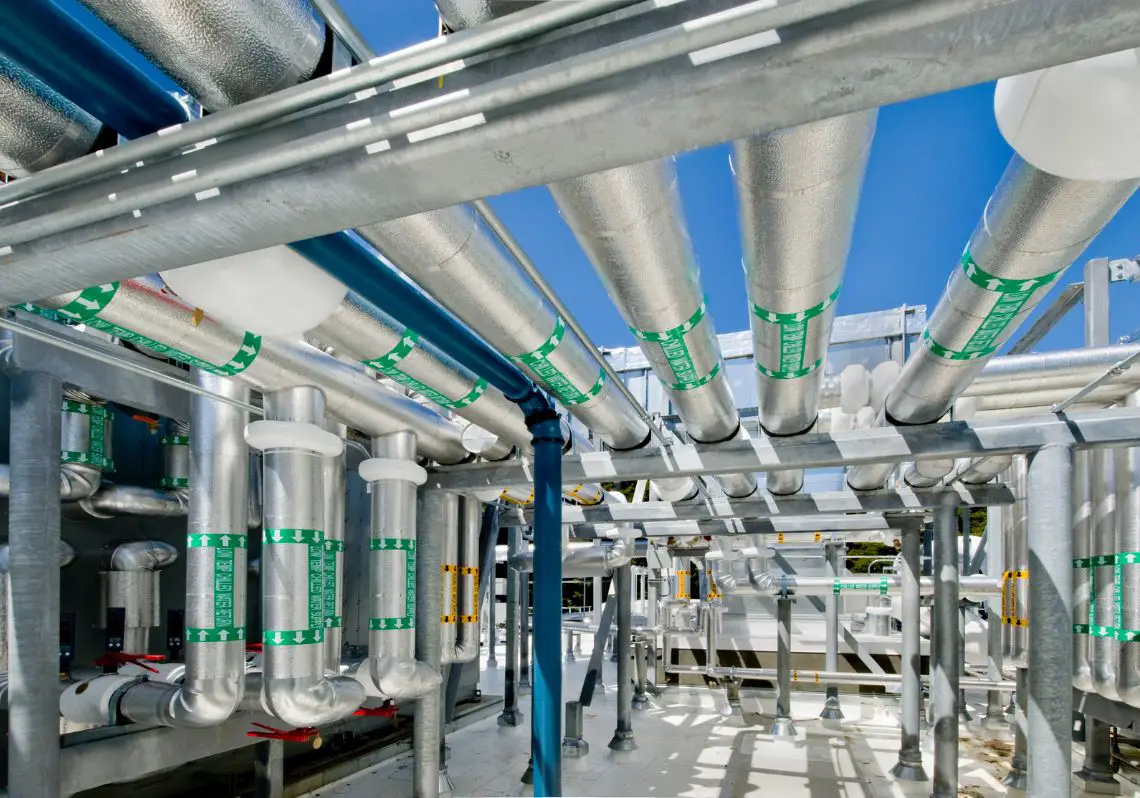The system that controls temperature, humidity, and air quality in various environments is known as HVAC, or heating, ventilation, and air conditioning. HVAC systems guarantee comfort and wellbeing in any building, be it a home, workplace, or commercial space. In this guest post, we will discuss the foundations of HVAC, including its definition, various types, essential components, and a thorough explanation of how these systems interact.
- Defining HVAC
HVAC stands for heating, ventilation, and air conditioning. It is the technology and systems that are used to provide these services for indoor spaces. Its main goal is to regulate the temperature, humidity, and airflow in order to create and maintain a comfortable and healthy environment.
- Different HVAC System Types
Different types of HVAC systems are frequently used today, each with unique features and applications:
a.Split systems, the most popular kind, have separate indoor and outdoor units. The condenser coil and compressor are located in the outdoor unit, while the evaporator coil and air handler are housed in the indoor unit.
- Packaged Systems: These systems, which are typically installed outside the building, combine all of the components into a single unit. They are frequently used in places with constrained indoor space, like tiny commercial buildings or rooftops of homes.
- Ductless Mini-Split Systems: These systems don't require ductwork and are perfect for heating and cooling a single room. The independent temperature control in various zones is made possible by their construction, which consists of an outdoor unit and one or more indoor units.
- Hybrid Systems: These systems, which combine the features of a heat pump and a furnace, provide flexibility and efficiency. Depending on the outside environment, they alternate between the two heat sources to maximise performance.
- Important HVAC System Components:
Different parts that make up HVAC systems, each with a distinct function:
- a. The thermostat serves as the system's control panel and enables users to select the preferred temperature and system modes. For energy efficiency, modern thermostats frequently have programmable features.
- Furnace: The furnace is in charge of heating the system's air. It uses burners or electric resistance coils to produce heat and can be powered by electricity, natural gas or oil.
- Air conditioner: By removing heat and moisture, air conditioners cool the air. They extract heat from the indoor air and release it outdoors using a refrigeration cycle.
- Heat Pump: By transferring heat between the indoor and outdoor environments, heat pumps can provide both heating and cooling. They work especially well in moderate climates.
- Air Handler: This device moves conditioned air around the entire structure. For the purpose of purifying the air, it typically has a blower, evaporator coil, and air filter.
- Ductwork: Ductwork is a system of pipes or channels used to transport conditioned air from an HVAC system to various parts of a building and to return stale air for cleaning.
In conclusion,
It is crucial for homeowners, building managers, and aspiring HVAC professionals to understand the fundamentals of HVAC systems, including their types, components, and how they function together. HVAC systems create a comfortable indoor environment, control air quality, and support good health. To ensure optimum performance and longevity, routine maintenance and professional servicing are essential.
It's always advisable to speak with licensed HVAC technicians who can offer professional guidance and support, whether you're thinking about installing a new HVAC system or you need to troubleshoot problems with an existing one. With this information, you can decide on your HVAC requirements intelligently and help create a more cozy and sustainable home or workplace.





